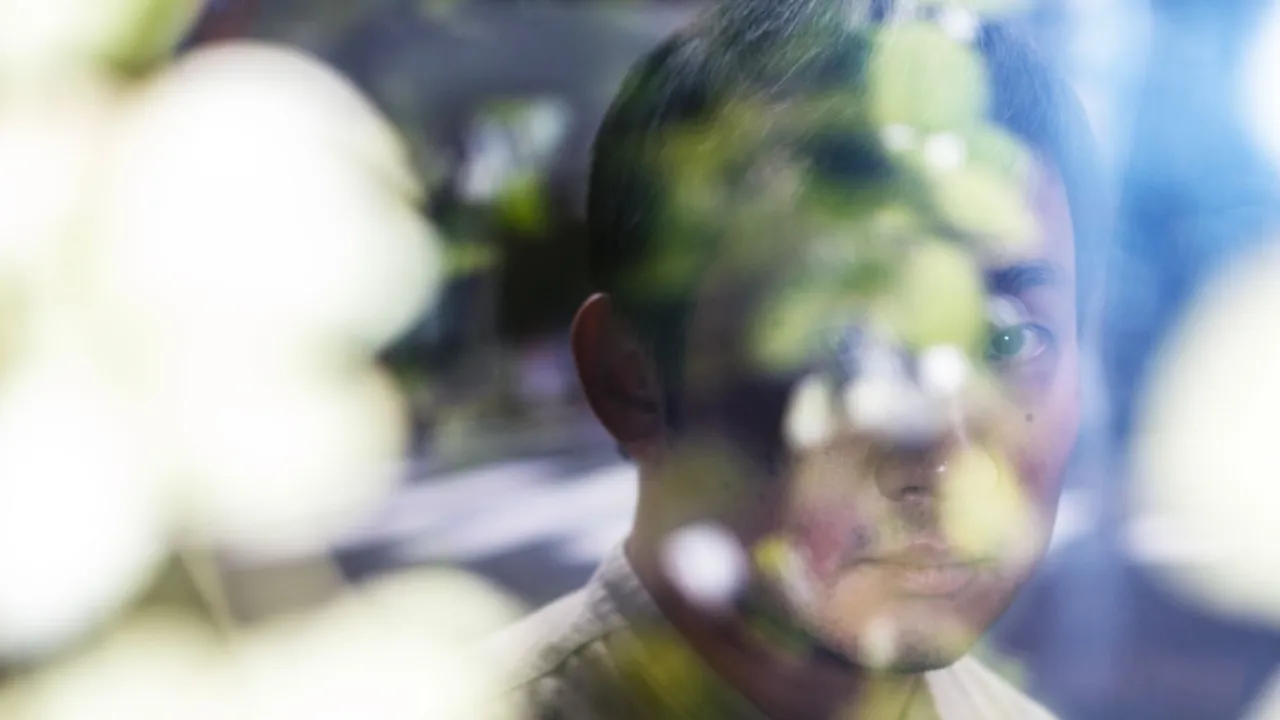Please update your browser
Your current browser version is outdated. We recommend updating to the latest version for an improved and secure browsing experience.

The Case of Nagisa Ōshima
From the beginning to the end of his career, Nagisa Ōshima (1932-2013) adopted an oppositional posture to the rarefied, aristocractic culture in which he was raised. His filmmaking, especially in the 1960s, was prolific, fecund, and stylistically heterodox. Ōshima's willingness to adopt and rigorously pursue a new formal approach with each film is one of the reasons his often highly topical works have such enduring power, but it also makes it challenging to delineate his auteurial style.
One exception to this is his treatment of color. In the text below, written during his most adversarial phase in the mid-1970s, he describes his method iconoclastically. This is also evident in his early films through the heretical juxtaposition of hedonistic and violent youth culture with icons of traditional Japan (such as Osaka Castle at the beginning of the extract from The Sun's Burial, 1960, below). Like Michelangelo Antonioni in the same period, Ōshima used architecture and environment as a way of interrogating the moral and political contradictions of the era.
The extract from Boy (1969) shares many of the same qualities, particularly in the transition from shopping center and toy store to sea. Green is distinctly visible in the background, past the Japanese flag, but it is less striking than other details, such as the yellow cap that separates the boy from the surrounding patches of seemingly naturalistic color.

“The first time I made a film in color — my first film was in black and white and my second was in color — I imposed a small taboo on myself.
It was to never shoot the color green. It’s easy to avoid green costumes. There probably isn’t a lot of green furniture. You need only remove any green signs. The problem is the green of trees and plants. That film was set in a city, and so there were no green fields. In the end, the problem boiled down to the green of the shrubbery. I didn’t have a garden made to go with the house on the set, and while shooting on location I took care to see that the camera angle excluded trees and shrubs...
I absolutely could not stand the films that were mass-produced by the studio in which I worked: tear-jerking melodramas and flavorless domestic dramas in which imbecilic men and women monotonously repeat exchanges of infinitely stagnant emotions. The places where these exchanges, which can only be called artificial, unfold are gloomy, decaying eight-mat drawing rooms and four-and-a-half-mat living rooms that contain such symbols of family stability as tea cabinets. In the background there was generally a totally commonplace garden. I hated such characters, rooms, and gardens from the depths of my soul. I firmly believed that unless the dark sensibility that those things engendered was completely destroyed, nothing new could come into being in Japan.”



Eros and Thanatos
Ōshima's later films are more chromatically enigmatic and Expressionistic. This perfectly suits their eerie insularity. In the Realm of the Senses (1976) is the most hermetic of all, but the deeper meaning of the film is communicated in the one key exterior sequence to the left, where the red that unites the flags and soldiers of the 1930s military march is followed shortly by the red kimono worn by Abe Sada during her sadomasochistic games.
Oblique Freudianisms, especially the relationship between desire and oblivion that was theorized in Beyond the Pleasure Principle (1920) and beloved by the Surrealists, are equally evident in Ōshima's subsequent films. In both Merry Christmas, Mr. Lawrence (1983) and Taboo (1999), they are articulated through subtle combinations of blue and white that paradoxically and perversely merge German Romantic yearning with distinctly Japanese ideas of self-destruction. Both sequences highlight the fundamental importance of contradiction, mystery, and color to Ōshima's worldview.






